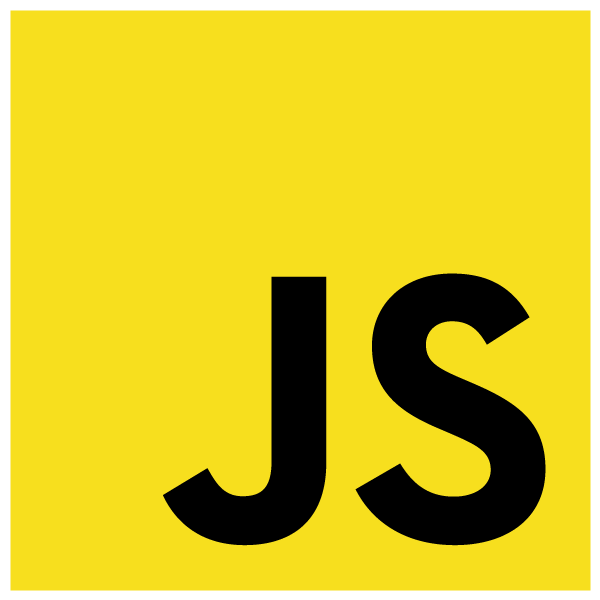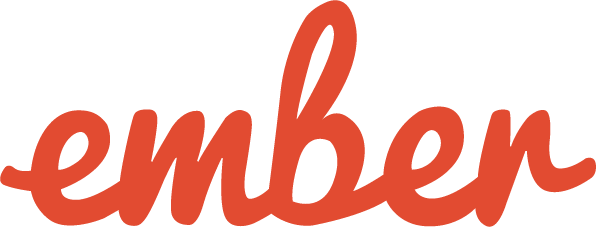Contents
Contents
JavaScript frameworks are the building blocks of modern web development and are essential to keeping your applications up-to-date with the latest technology. This programming language is used to create dynamic web pages. It serves as a client-side and server-side scripting language. It can be a program for the web, which can be used to create interactive user interfaces for websites and mobile apps.

JavaScript frameworks are also used to help make JS development more straightforward. They provide developers with features like structure and organization, code reusability, and debugging tools. However, with the different JavaScript frameworks, which one should you choose?
Below are the top 10 JavaScript frameworks heading into 2024:
1. React
React is a JavaScript framework created by Facebook. It’s used for building user interfaces and has gained popularity because of its fast performance, small file size, and flexibility.
React is component-based, meaning you can create reusable components that are easier to implement and organize your code. It also allows you to build more dynamic user interfaces, so you don’t have to worry about updating the same functionality repeatedly through a single component. Being this one of the reasons why React developers prefer it.
This programming language is a JavaScript library for building user interfaces. It’s used to create interactive UIs and reusable components. React’s declarative, component-based approach provides a clean separation of concerns and enables complex applications to be built incrementally.
You can start with a small application where all your code runs in one place and then add features one by one, refactoring as necessary along the way.
![]()
2. Vue
Vue has been around commercially since 2015 and is one of the most popular front-end frameworks in the world. It boasts a large community and a great UI library, and Google backs it. It was created by Evan You in 2014, who also serves as the project lead of the framework today. The project has seen rapid growth since its launch and is currently used by over 3 million developers worldwide.
It’s also easy to learn, especially for those who have already used Angular or React. Vue’s biggest drawback is that it doesn’t have as many features as some of its competitors, but it does have plenty of plugins available on GitHub that can be used to extend functionality.
Vue is a JavaScript framework for building user interfaces. It strongly focuses on simplicity and flexibility, with features such as two-way data binding, reactive components, hot reloading, and A/B testing.

3. Angular
Angular is one of the most popular JavaScript frameworks today. Created by Google, it is used in many of the company’s products and services and by thousands of other companies worldwide.
Angular is fully featured, with a rich ecosystem of tools, including Angular CLI (Command Line Interface) tool, Angular material, and more. It allows you to build fully featured single-page applications (SPA) regardless of your skill level or development experience.
Angular supports mobile and web platforms and has a massive community of developers who contribute daily.

4. Node.js
Node.js is a JavaScript framework used for creating server-side applications. It has been around for over a decade and is one of the most popular frameworks for web and mobile development frameworks.
Node.js services allow developers to create single-page applications (SPAs) that are fast, scalable, and easy to maintain. It also allows them to develop web servers with little overhead. The framework is built on Google Chrome’s V8 engine, which can be used in any browser or device that supports JavaScript.

5. JQuery
JQuery is one of the most important frameworks in the world. It can be used for both front-end and back-end development, which makes it an extremely versatile tool. It was created by John Resig in 2006 and steadily gained popularity.
JQuery is free and open source and is used on over 90% of all web pages today. Its success is because it provides a simple interface for manipulating HTML documents and their content and CSS styling through DOM scripting. In addition to this, it offers easy AJAX functionality.
Some of the benefits of using JQuery include the following:
- It’s cross-browser compatible.
- It’s lightweight in terms of size (10KB).
- It’s easier to learn than other libraries like AngularJS or React.

6. Ember
Ember is a JavaScript framework for building web applications. It’s an open-source project managed by the Ember community and the Ember core team. You can use Ember to create single-page web applications (SPAs) and mobile, desktop, and server apps. Yehuda Katz and Tom Dale created Ember in 2011 on LinkedIn.
Ember uses a templating system called Handlebars rather than HTML, allowing you to write less code and making it easier to update and change. It also has built-in support for data binding and two-way data binding, so your models can automatically update when something changes in the view or vice versa.

7. Express.js
Express.js allows you to create web applications quickly by providing a robust set of features out of the box. It also supports Model View Controller (MVC) architecture which gives you a better understanding of how your application works and makes it easier to maintain.
Some key features include routing, template support, view rendering with Jade or EJS templates, form validation support with Mustache or Handlebars templates, and many other features like body parsing middleware, cookie session support, and more.

8. Backbone.js
Backbone.js is a JavaScript framework that provides a structure for websites and applications. It can be used to develop single-page applications (SPAs) or websites with complex client-side functionality. Backbone.js is lightweight, flexible, and modular.
Jeremy Ashkenas created the backbone in 2010 as part of the DocumentCloud project. It was designed to be lightweight and easy to use while also offering some key features that could help developers create larger applications more quickly than they would be able to with other frameworks. The framework is mainly used with jQuery but can also be used without it.

9. Bootstrap
Bootstrap is a front-end framework for developing websites and applications. It is the most popular HTML, CSS, and JavaScript framework for developing responsive, mobile-first projects on the web. Mark Otto and Jacob Thornton designed Bootstrap on Twitter in 2011.
Twitter’s internal tools needed a simple and flexible toolkit to address multiple devices and screen sizes. The project was open-sourced on GitHub in August 2011. Since then, it has been downloaded over 100 million times from the official website and has become one of the most popular front-end frameworks for developing responsive websites.

10. Material UI
Material UI is a JavaScript framework for building web applications. It provides many valuable components that can be easily combined to create complex layouts. The framework is based on Google’s Material Design but does not use CSS stylesheets to style the components. Instead, it uses inline styling and pseudo-elements to achieve the same effect.

We Can Help
If you’re not privy to these programming languages but need to move your business from point A to B, it’s best to partner with Flatirons. We specialize in full-service design and innovative website development, so you won’t only get an aesthetically pleasing website for your business. At the end of the day, you’ll get one that can convert leads into paying customers. Contact us today to get started.

Record Information System (RIS) for Healthcare Data Management
Flatirons
Jul 02, 2025
Proof of Concept Examples: Validating Ideas in Action
Flatirons
Jun 30, 2025
Javascript Developer Salary Insights in the US
Flatirons
Jun 28, 2025
Powerful Electron Alternatives for Cross-Platform App Development
Flatirons
Jun 28, 2025
Why Is Python So Popular – Explained for Beginners
Flatirons
Jun 28, 2025
What is a White Label App?
Flatirons
Jun 28, 2025